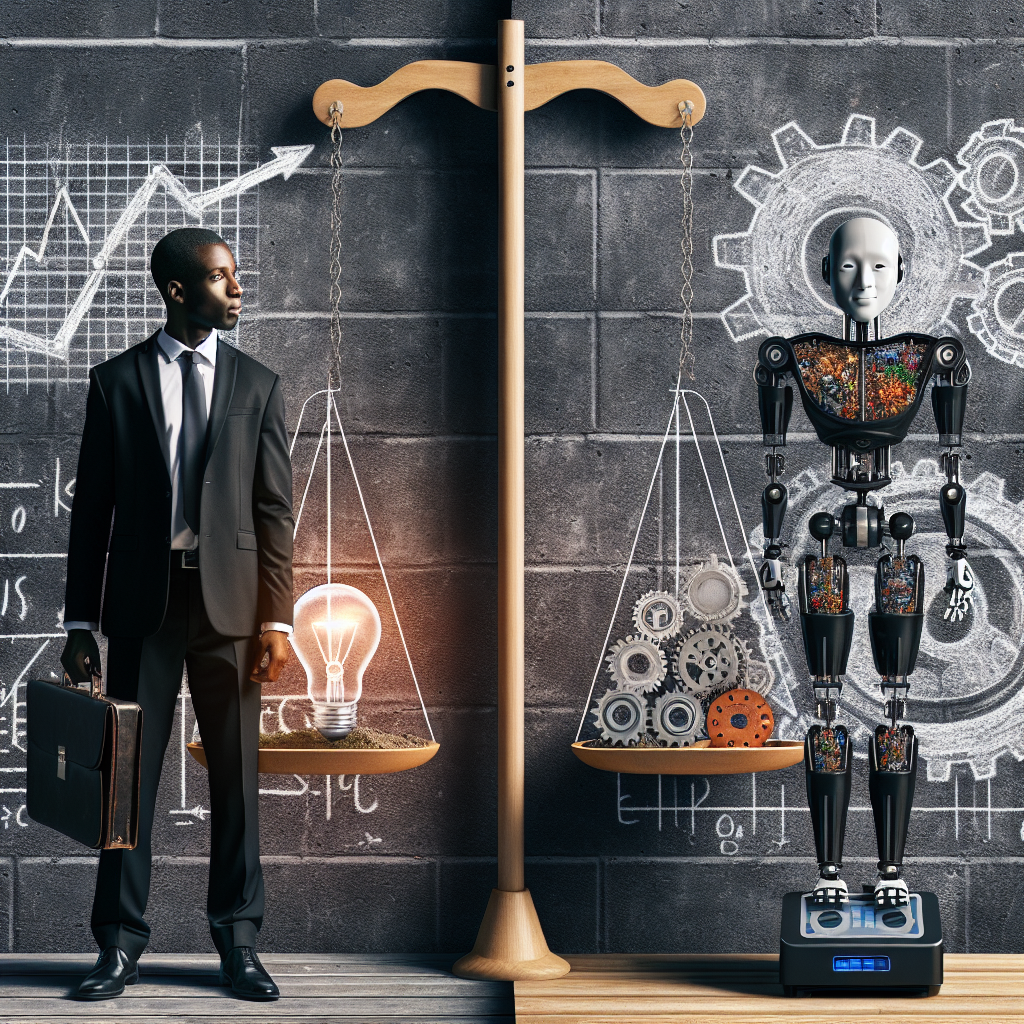In a world characterized by swift technological progress, the relationship between human skills and machine capabilities is transforming the job market. The conversation surrounding the human element versus machine accuracy brings forth important questions about the future of employment, the significance of human input, and the psychological effects of automation.
The Surge of Automation
As industries progressively incorporate automation technologies—spanning robotic process automation (RPA) to artificial intelligence (AI)—operational processes have become more streamlined. Machines excel at tasks necessitating precision, speed, and reliability, from production lines to data analytics. This transition has led to a prevalence of machine-driven operations, which promise cost reductions and enhanced productivity.
Benefits of Machine Accuracy
- Efficiency: Machines can operate continuously without fatigue, performing repetitive tasks with consistent accuracy.
- Consistency: Automated systems produce uniform outcomes, reducing errors linked to human judgment.
- Cost-Effectiveness: While initial technology costs can be significant, the long-term savings on labor can be considerable.
The Essential Human Element
Even with the promise of efficiency, machines lack the emotional intelligence, creativity, and adaptability inherent in humans. The human element is crucial in sectors involving relationships, empathy, and complex decision-making.
Benefits of Human Element
- Emotional Intelligence: In areas like healthcare, education, and customer service, the capacity to recognize and react to emotional signals is vital.
- Creativity and Innovation: Human intuition fosters creativity, which is essential for problem-solving and innovation—especially in the arts, research, and product creation.
- Adaptability: Humans can navigate uncertainty and adjust to new circumstances, making them indispensable in dynamic and unpredictable environments.
The Job Market: Who Benefits?
The heart of the discussion centers on employment. As machines assume routine responsibilities, the apprehension of job loss grows. Certain industries will likely diminish, while others will evolve.
Job Loss versus Job Creation
While some positions may disappear entirely, historical trends indicate that technological advancements also generate new job opportunities. For example, the rise of computers led to the creation of roles in IT, digital marketing, and e-commerce. The challenge lies in ensuring that workers possess the necessary skills for these emerging roles.
Reskilling and Continuous Learning
Ultimately, reskilling programs will be critical in bridging the skills gap created by automation. Education systems must adapt to prioritize digital literacy, critical thinking, and emotional intelligence. Employers and policymakers should work together to create training initiatives that prepare the workforce for future demands while promoting flexibility.
The Integration Balance
Instead of perceiving human touch and machine accuracy as opponents, the emphasis should be on integration. The optimal workplace of the future might see humans and machines collaborating—machines managing routine tasks while humans undertake higher-level responsibilities demanding judgment, empathy, and creativity.
Instances of Integration
- Healthcare: AI tools support doctors in diagnostics, but the human aspect remains essential for patient interaction and care.
- Customer Support: Chatbots manage basic inquiries, enabling human agents to tackle complex customer issues requiring personal attention.
- Creative Fields: AI-generated content can inspire human artists, who can then infuse their distinct perspectives into the final work.
Conclusion
The conflict between human touch and machine precision highlights broader societal challenges regarding employment, education, and the evolving nature of work. While technology undoubtedly reshapes the environment, it also presents opportunities for advancement and innovation. Focusing on the partnership between humans and machines can pave the way for a more sustainable and enriching future in the workforce, leveraging the strengths of both in a balanced and harmonious way. The ultimate aim should be to establish a world where both human insight and machine efficiency play vital roles in shaping workplaces and enhancing the overall human experience.

